5 Essential Books for Teaching Multilingual Learners
October 20, 2022
How can your school support the academic success and healthy social-emotional development of multilingual students? Today’s post is a quick introduction to five books that every school team should have in their professional library. Filled with evidence-based teaching practices and wisdom from experts in bilingual education, these books will help you increase educational equity and improve outcomes for culturally and linguistically diverse students.
Special Education Considerations for Multilingual Learners
Delivering a Continuum of Services, Third Edition
By Else Hamayan, Barbara Marler, Cristina Sánchez-López, & Jack Damico
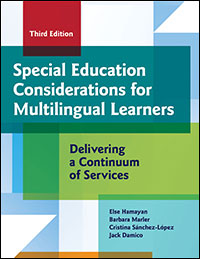 WHY THIS BOOK? Multilingual learners in Grades K–12 are often overidentified or underidentified for special education. This text offers a better way to meet the needs of multilingual learners: by creating a culturally and linguistically responsive multi-tiered system of support (MTSS) and implementing a continuum of services that meets the needs of the whole child. Shifting away from traditional ways that schools address the needs of students who experience challenges, the new edition of this text takes a strengths-based approach to supporting multilingual students and focuses on the complex issues that affect a multilingual learner’s development.
WHY THIS BOOK? Multilingual learners in Grades K–12 are often overidentified or underidentified for special education. This text offers a better way to meet the needs of multilingual learners: by creating a culturally and linguistically responsive multi-tiered system of support (MTSS) and implementing a continuum of services that meets the needs of the whole child. Shifting away from traditional ways that schools address the needs of students who experience challenges, the new edition of this text takes a strengths-based approach to supporting multilingual students and focuses on the complex issues that affect a multilingual learner’s development.
SPECIAL FEATURES: MTSS team activities, templates, a rating scale, and other reproducible tools.
Differentiating Instruction and Assessment for ELLs
A Guide for K–12 Teachers, Second Edition
By Shelley Fairbairn & Stephaney Jones-Vo
 WHY THIS BOOK? Elementary and secondary educators need to know how to differentiate core content-area instruction and assessment for the ELLs in their classes. This book, aligned with national and state English language proficiency standards and assessments, helps them do just that. Teachers will get concrete strategies they can use in any content-area classroom to engage every ELL, from beginning to advanced levels of English language development. The authors also highlight how teachers can address critical differences between ELLs with a strong foundation in the home language as well as students with limited or interrupted formal education.
WHY THIS BOOK? Elementary and secondary educators need to know how to differentiate core content-area instruction and assessment for the ELLs in their classes. This book, aligned with national and state English language proficiency standards and assessments, helps them do just that. Teachers will get concrete strategies they can use in any content-area classroom to engage every ELL, from beginning to advanced levels of English language development. The authors also highlight how teachers can address critical differences between ELLs with a strong foundation in the home language as well as students with limited or interrupted formal education.
SPECIAL FEATURES: True-to-life scenarios that ground every chapter, easy-to-use templates that model how to differentiate instructional units and lessons, and end-of-chapter professional development activities.
Engaging Diverse Learners in the Mathematics Classroom
A Functional Language Awareness Approach for Middle and High School Educators
By Holly Hansen-Thomas & Juliet Langman
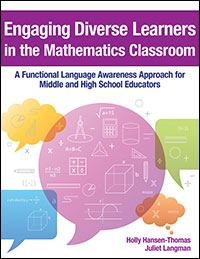 WHY THIS BOOK? Language is a key tool for teaching math—and using that tool effectively is especially important for multilingual learners and other diverse students who may need more support to access academic math language. In this practical book, middle and high school educators will learn how to effectively harness language to ensure math success for all students. Teachers will discover the concepts behind a language awareness approach, see the approach in action in different classroom contexts, get guidance on math lesson planning and implementation, and learn ways to reflect on their own practice to make a difference for diverse learners.
WHY THIS BOOK? Language is a key tool for teaching math—and using that tool effectively is especially important for multilingual learners and other diverse students who may need more support to access academic math language. In this practical book, middle and high school educators will learn how to effectively harness language to ensure math success for all students. Teachers will discover the concepts behind a language awareness approach, see the approach in action in different classroom contexts, get guidance on math lesson planning and implementation, and learn ways to reflect on their own practice to make a difference for diverse learners.
SPECIAL FEATURES: Objectives, real and sample transcripts of math classroom discourse, Try It Yourself boxes, and activities. Online materials include a lesson plan template, sample lesson plan, transcription guide, and more.
Biliteracy from the Start
Literacy Squared in Action
By Kathy Escamilla, Susan Hopewell, Sandra Butvilofsky, Wendy Sparrow, Lucinda Soltero-González, & Manuel Escamilla
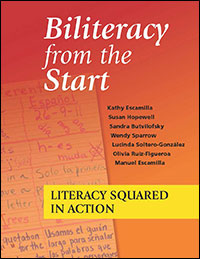 WHY THIS BOOK? Educators need to know how to plan, implement, monitor, and strengthen biliteracy instruction that builds on students’ linguistic resources in two languages—beginning as early as kindergarten. In this guidebook, teachers, administrators, and leadership teams will learn to develop holistic biliteracy instruction units, lesson plans, and assessments that place Spanish and English side by side.
WHY THIS BOOK? Educators need to know how to plan, implement, monitor, and strengthen biliteracy instruction that builds on students’ linguistic resources in two languages—beginning as early as kindergarten. In this guidebook, teachers, administrators, and leadership teams will learn to develop holistic biliteracy instruction units, lesson plans, and assessments that place Spanish and English side by side.
SPECIAL FEATURES: Key terms and/or guiding questions for every chapter; sample instruction units, lesson plans, student writing in Spanish and English, and paired writing rubrics; empirical evidence of students’ reading and writing development in Spanish and English; and questions for reflection and action at the end of each chapter.
The Translanguaging Classroom
Leveraging Student Bilingualism for Learning
By Ofelia García, Susan Ibarra Johnson, & Kate Seltzer
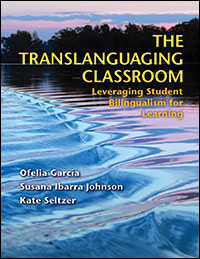 WHY THIS BOOK? Translanguaging is a critical concept in the modern diverse classroom. A translanguaging classroom is a powerful, equitable learning space built collaboratively by the teacher and bilingual students as they use their different language practices to teach and learn in deeply creative and critical ways. Using examples from three very different classrooms, this book illustrates how translanguaging can level the playing field for bilingual students and support their academic and socioemotional success.
WHY THIS BOOK? Translanguaging is a critical concept in the modern diverse classroom. A translanguaging classroom is a powerful, equitable learning space built collaboratively by the teacher and bilingual students as they use their different language practices to teach and learn in deeply creative and critical ways. Using examples from three very different classrooms, this book illustrates how translanguaging can level the playing field for bilingual students and support their academic and socioemotional success.
SPECIAL FEATURES: Learning objectives, vignettes to illustrate pedagogical strategies, sample translanguaging unit designs, tools for teacher planning and evaluation, and end-of-chapter activities to help teachers apply what they learn to their own classrooms.

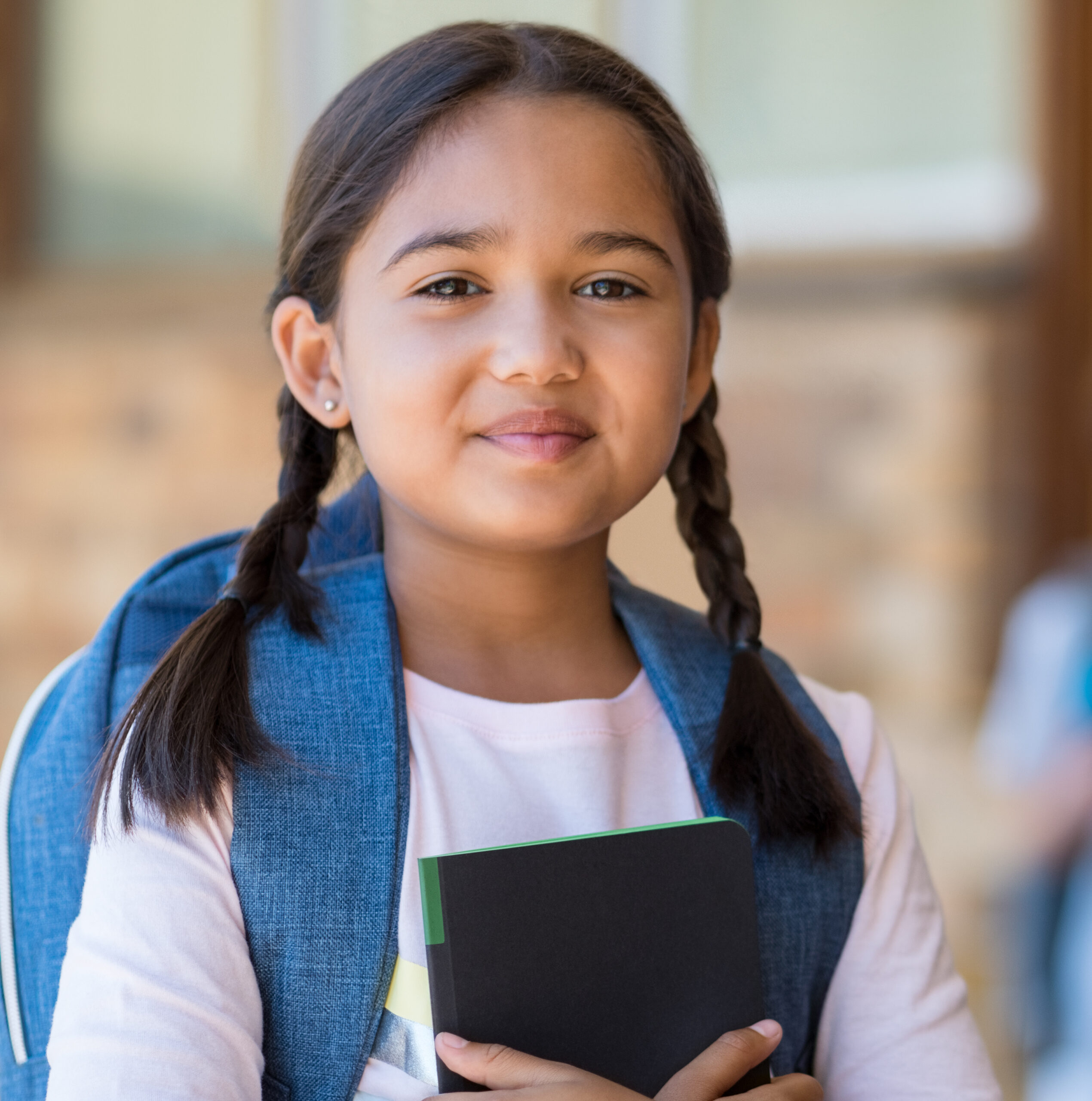
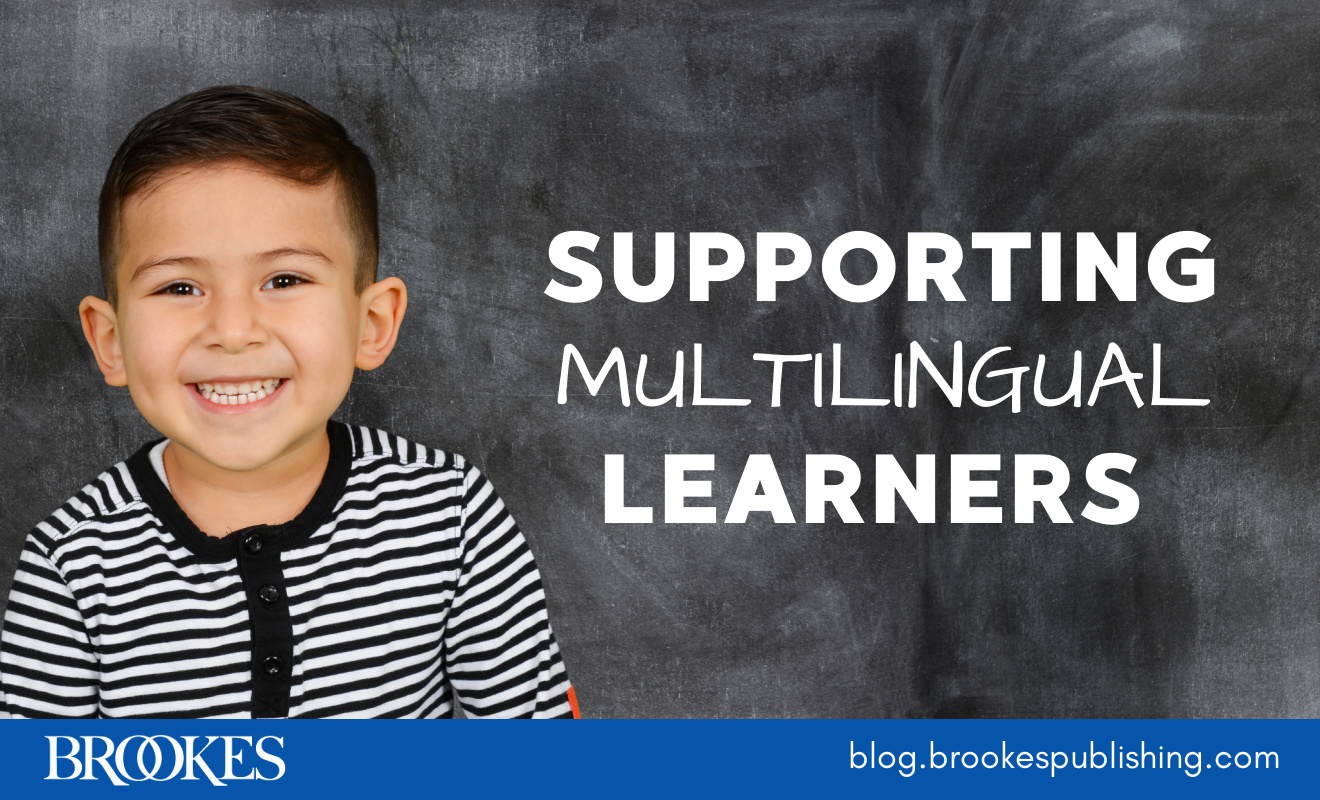
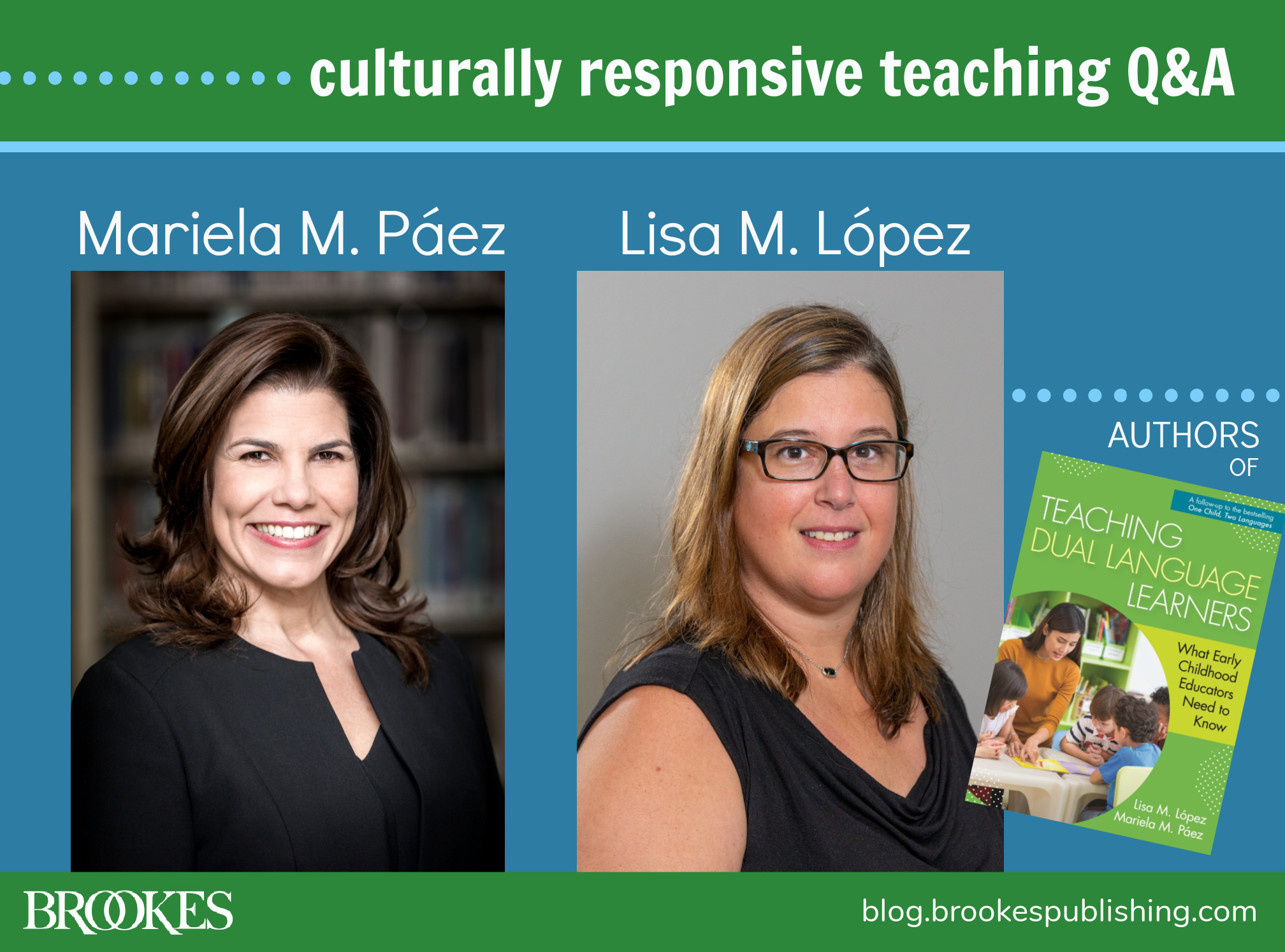
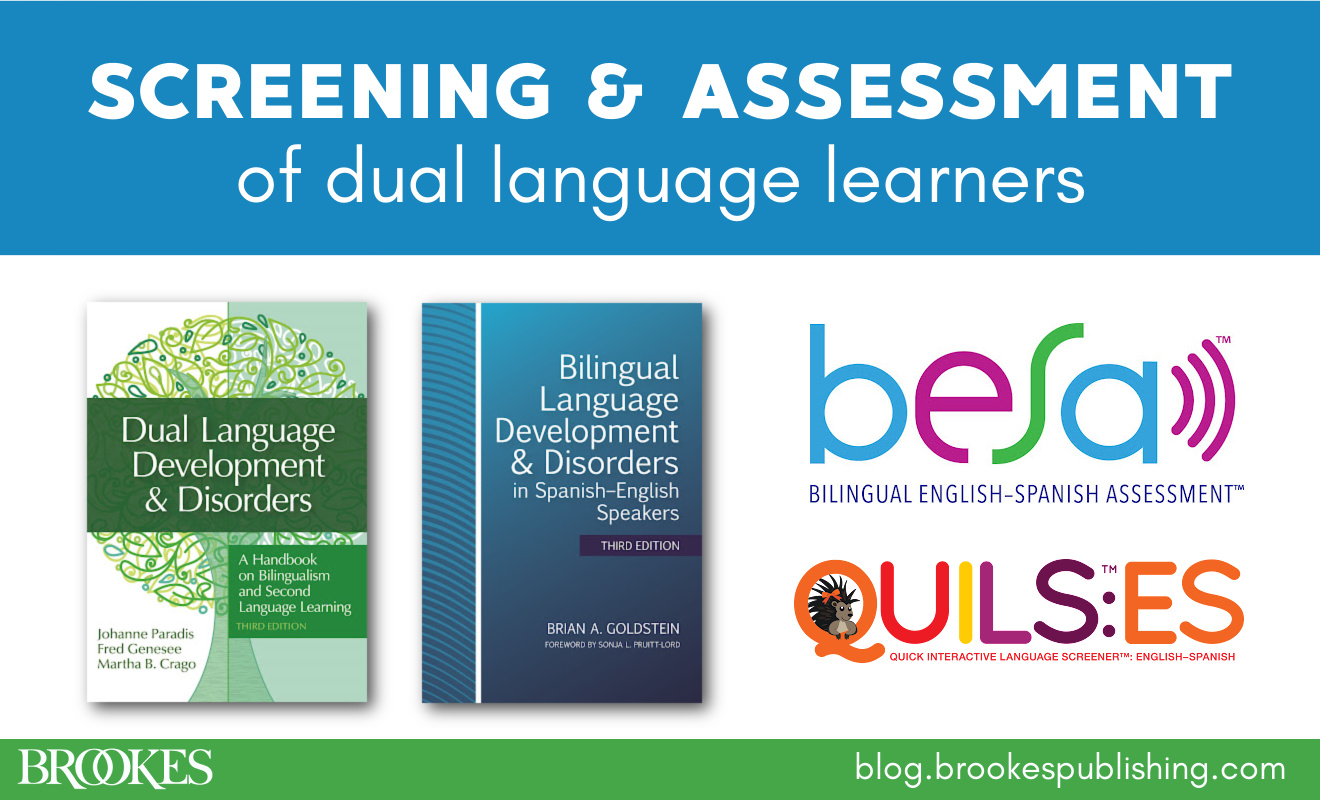
Write a Comment
Your email address will not be published. Required fields are marked *
Post a Comment